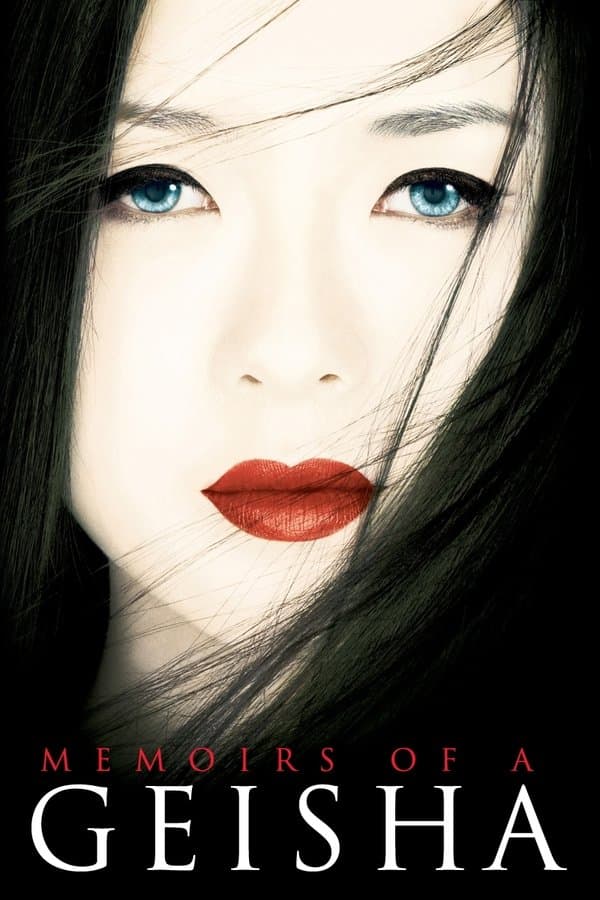
Memoirs of a Geisha
2005 • Drama, History, Romance • PG-13
In the years before World War II, a penniless Japanese child is torn from her family to work as a maid in a geisha house.
Runtime: 2h 26m
Why you should read the novel
Arthur Golden’s novel, Memoirs of a Geisha, allows readers to immerse themselves in a richly detailed world that goes beyond what the movie can depict. Through the narrator’s unique voice, you experience the protagonist’s deepest thoughts and emotions, providing a more intimate understanding of her inner struggles, hopes, and resilience. The book not only transports you into the secretive, nuanced world of geisha, but it also gives historical and cultural contexts that render each character’s choices far more profound and meaningful.
Reading the novel enables you to savor the slow-building development of the characters and relationships at a pace that no film could match. The book’s descriptive prose weaves together the sights, sounds, and subtle tensions of Gion, Kyoto’s geisha district, painting a vibrant world that is rich in sensory and emotional detail. This creates a memorable journey through time and place that rewards attentive readers with layers of insight and empathy.
Moreover, the novel explores themes such as power, destiny, and survival with a depth and subtlety rare in adaptations. You come to appreciate the societal and personal forces shaping Sayuri’s fate, benefiting from the author’s meticulous research and sensitive depiction. By reading Memoirs of a Geisha, you partake in a narrative that lingers in the imagination long after the final page, providing much more than just a visual spectacle.
Adaptation differences
One primary difference between the book and the movie adaptation is the depth of characterization. The novel delves deeply into Sayuri’s childhood, her emotional landscape, and her evolving perceptions of the world around her. The movie, due to time limitations, streamlines much of her backstory, sometimes reducing complex motivations to brief visual cues and dialogue, which can result in a less nuanced protagonist.
Additionally, the relationships between key characters such as Mameha, Hatsumomo, and the Chairman are more intricately explored in the book. The novel uncovers layers of rivalry, loyalty, and manipulation that are sometimes glossed over or simplified in the film version. Nuanced dynamics, subtle betrayals, and intricate mentoring form much of the core drama in Golden’s writing, offering readers a far richer tapestry of interpersonal connections.
The pacing and structure also differ significantly. The book unfolds gradually, allowing time to build suspense and invest emotionally in Sayuri’s plight over many years. Conversely, the film often employs time skips and condensed storytelling, which, while visually compelling, can result in the loss of detail regarding Sayuri's growth and the historical context surrounding the geisha tradition—context that the book takes pains to explain.
Finally, some themes and events in the book are altered or omitted in the adaptation for dramatic effect or to suit a Western audience. For example, the nuances of WWII’s impact on Kyoto and the geisha community are more deeply examined in the book. The adaptation sometimes prioritizes romance and spectacle over the darker realities of Sayuri’s world, thus shifting the tone and message presented to the audience.
Memoirs of a Geisha inspired from
Memoirs of a Geisha
by Arthur Golden


